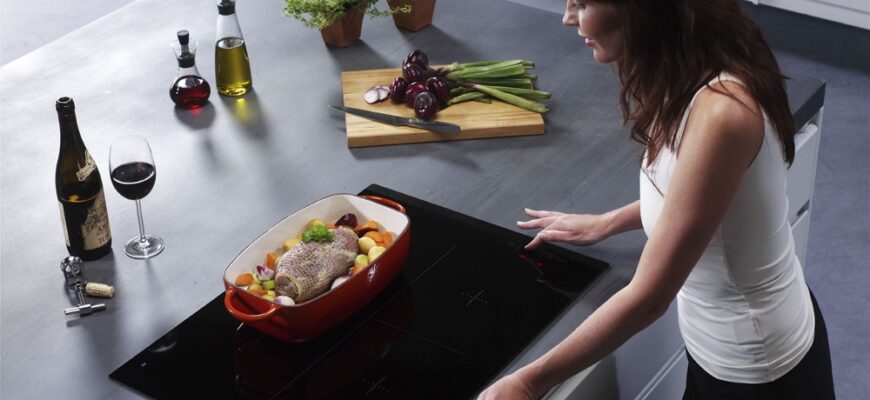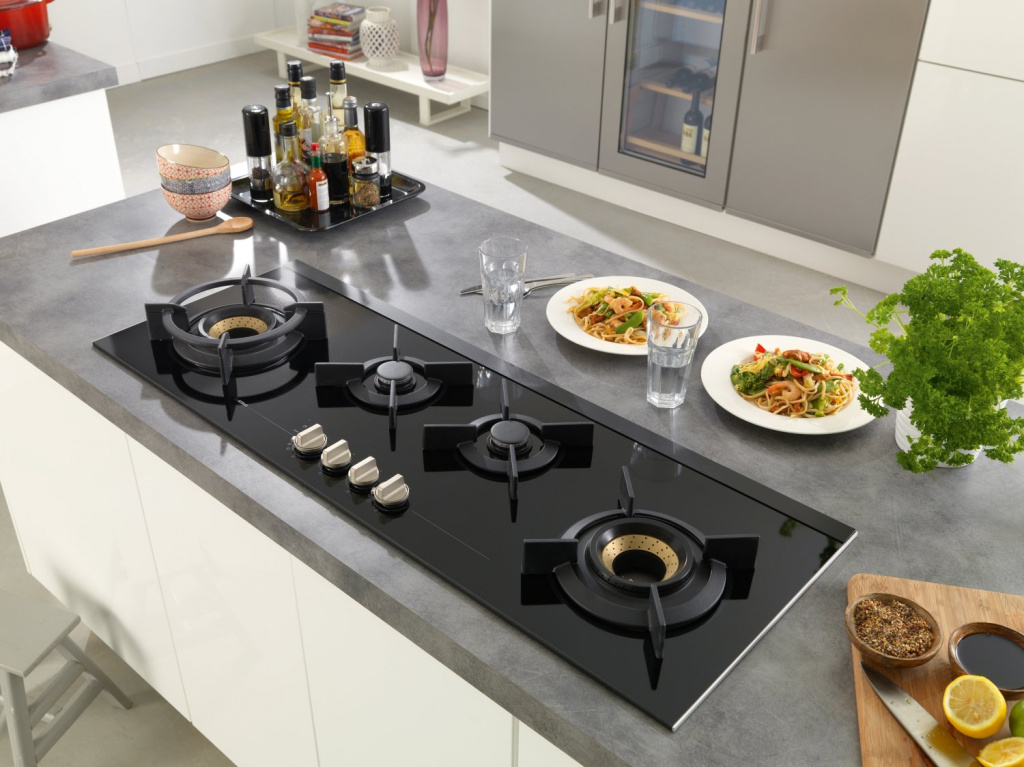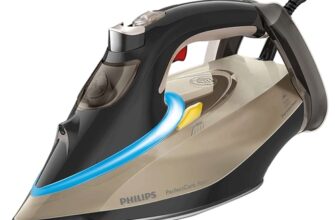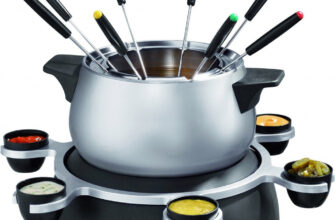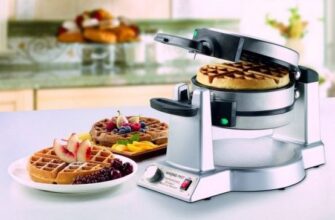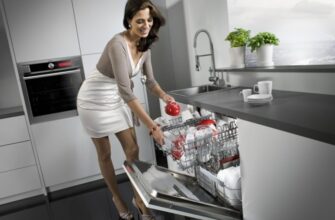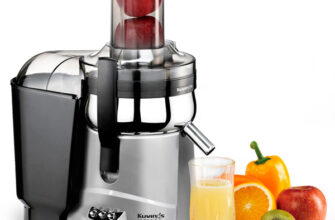When choosing a stove, you should pay attention first of all to the type of device, as well as its ergonomic qualities.
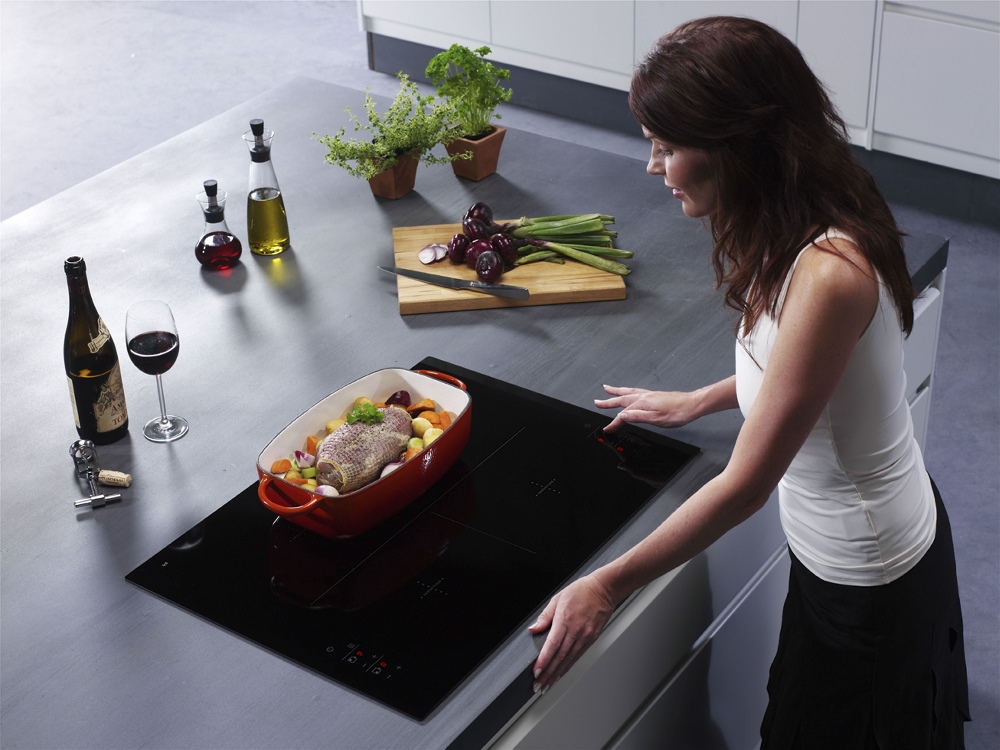
- How to choose a stove: selection criteria
- Types of stoves – advantages and disadvantages
- Gas cooker
- Advantages
- disadvantages
- Open spiral electric cookers
- Advantages
- disadvantages
- Electric cookers with a closed spiral (glass-ceramic surface)
- Advantages
- disadvantages
- Electric induction cookers
- Advantages
- disadvantages
- Combined plates
- Number and types of burners
- Types of burners in gas stoves
- Types of burners in electric stoves
- Oven type
- Work surface material
- Functional features
- Top manufacturers
- Video for choosing a stove
How to choose a stove: selection criteria
When choosing a stove, the following parameters should be considered:
-
Type (gas, electric with an open spiral, electric with a closed spiral, induction);
-
Number and types of burners;
-
Oven type;
-
Working panel material.
-
The manufacturer of the device is also important.
Types of stoves – advantages and disadvantages
From the point of view of the source of energy for heating elements, cookers are divided into gas, electric (with an open and closed spiral), and induction.
Gas cooker
The vast majority of traditional stove models are gas powered. In the burners of such devices, methane burns out, and an open flame heats up the dishes installed on the oven.
Advantages
-
No restrictions on the size and weight of the dishes to be installed;
-
Low price;
-
Easy to care for;
-
Simplicity and familiarity of operation;
-
Operation without electricity (or with minimal electricity consumption in models with automatic ignition);
disadvantages
-
High level of fire hazard;
-
Maintenance is required, including from the supplier of natural gas;
-
High gas consumption;
The main of these disadvantages, of course, is the high level of fire hazard, due to two factors. Firstly, such stoves are supposed to work with open fire. And secondly, the methane gas used in them is flammable and can explode if leaked.
Electric stoves are relieved of this disadvantage.
Open spiral electric cookers
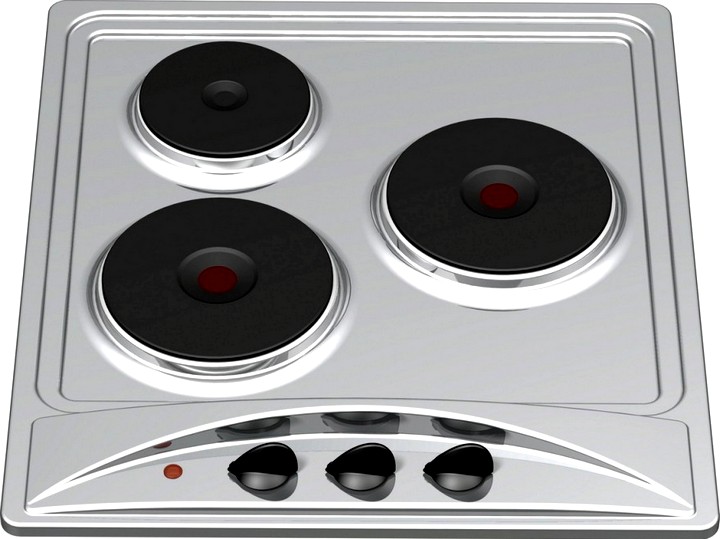
A 'spiral' in this case refers to a heating element. It can really be both spiral (in ultra-budget models) and disk. Outwardly, such stoves are similar to ordinary gas stoves, only they do not have a grate, and instead of burners they have heating elements.
Advantages
-
High level of fire safety;
-
Residual heat – after switching off, the hotplate remains hot for a while, heating the food;
-
Low price;
-
The ability to accurately set the heating temperature of the plate;
-
Smooth heating of the burner;
disadvantages
-
Restriction on the size and weight of the installed dishes;
-
High power consumption;
-
The need to supply a separate power supply branch from the floor panel;
-
Difficulty in cleaning the heating element from contamination;
At a price comparable to the price of a conventional gas stove, electric ones offer great fire safety.
Electric cookers with a closed spiral (glass-ceramic surface)
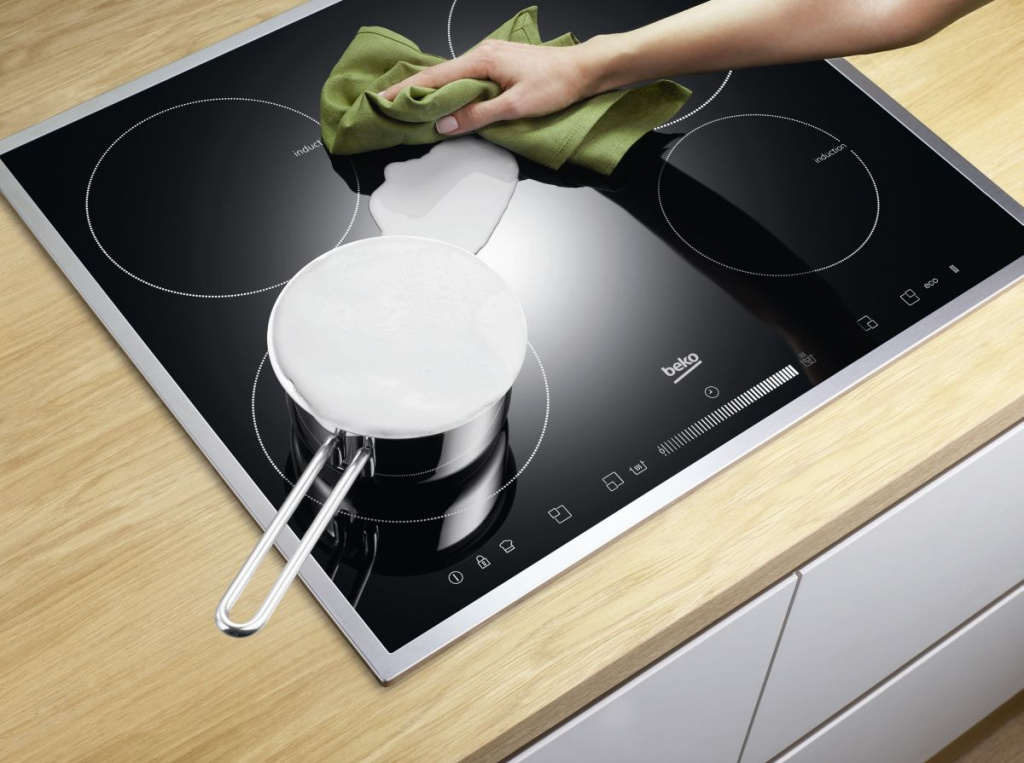
In such devices, the spiral heating element is hidden behind the front glass panel. This allows it to be heated to very high temperatures, allowing a high speed cooking or boiling water.
Advantages
-
Attractive design;
-
Residual heat;
-
Maximum ease of cleaning;
-
The ability to accurately set the heating temperature;
-
High level of fire safety;
-
Fast and uniform heating;
disadvantages
-
High cost;
-
The need for a separate power supply branch from the floor panel.
-
It is undesirable to spill liquid on the surface, especially sugar content;
-
Restriction on the size and weight of the installed dishes;
The very fast heating of such a stove makes it an ideal solution for lovers of oriental cuisine, as well as people who simply want to spend as little time as possible in the kitchen.
Electric induction cookers
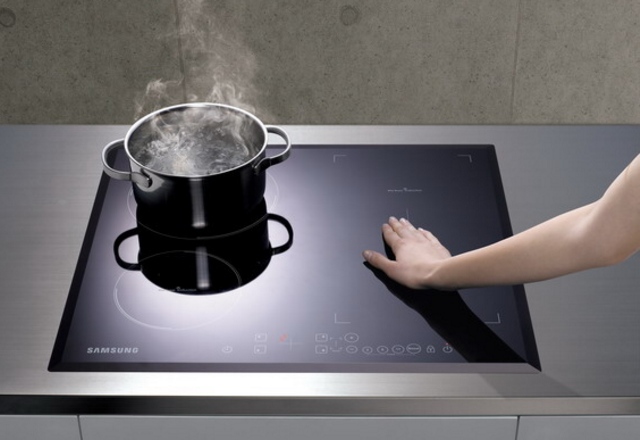
Induction electric cookers use a magnetic coil instead of a traditional heating element. It, as the name implies, 'induces induction' in the cookware installed on the stove, heating the pot or pan itself, and not the space around it. The hotplates of these stoves always remain cold.
The level of the magnetic field that the induction cooker generates is very low due to the directivity – in fact, even a regular household hair dryer creates a much more powerful 'radiation'.
Advantages
-
Maximum fire safety;
-
Wide functionality, including various possibilities for detailed setting of temperature and timer.
-
High heating rate;
-
Attractive and modern design;
disadvantages
-
Compatible only with utensils made of ferromagnetic materials;
-
The high cost and complexity of the design.
-
It is undesirable to spill liquids on the surface, especially those containing sugar;
-
High requirements for the weight and size of the dishes;
However, induction hobs are just the perfect choice for use in homes with small children or the elderly. It is impossible to burn yourself on the surface of such a furnace, and accidental switching on will not lead to any negative consequences (except for excessive consumption of electricity, of course).
Combined plates
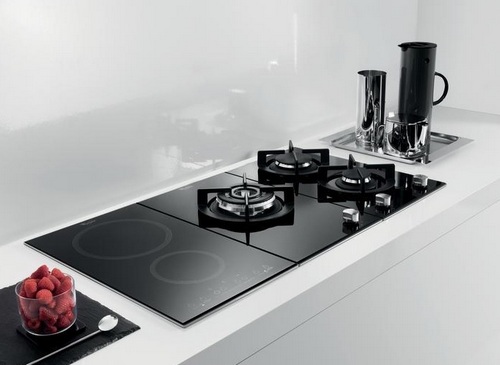
Combined plates are also rare. Their design includes both gas burners and electric heaters with an open or closed spiral. The main advantage of such stoves is that they can work when one of the utilities is turned off (gas or electricity, respectively).
Nevertheless, structurally, such slabs are far from perfect. The presence of a grate on gas burners can prevent the removal of cookware from the electric one. And with active exploitation, both gas and 'light' are consumed, which leads to an increase in the cost of 'communal'.
Number and types of burners
The standard number of hotplates, historically developed and optimal for home use, is four. It is with this number of heating elements that the vast majority of kitchen stoves, both gas and electric types, are equipped.
Some narrow models are equipped with two cooking zones. But they are rare enough. Similarly, wide models of gas stoves are equipped with 5-6 burners. However, due to their high cost and non-standard design, they are not suitable for ordinary home use.
Thus, 4-burner hobs are the ideal choice for the home.
Types of burners in gas stoves
Burners in gas stoves differ exclusively in size and number of 'crowns' – rings from which the flame bursts:
-
The 'single crown' is a classic version that often does not even have its own name. The flame escapes exclusively from the holes on the outside of the burner. Almost all gas stoves from the budget or medium price segment are made with such burners;
-
The 'double crown' is a modern version. The gas burner in such burners is equipped with a special nozzle design that allows you to get two rings of fire – an external and an internal one. 'Double crown' provides a faster heating rate than conventional burners;
-
The 'triple crown' is also known as a 'turbo burner'. The nozzle has a sophisticated design that provides three rings of fire – outer, inner and central. These hotplates heat up the dishes and food even faster, making the water boil almost instantly.
The double crown and triple crown burners require a sufficiently high gas pressure in the pipes. Otherwise, the intensity of the inner rings of fire will be rather weak, and there will be little practical benefit from them.
Types of burners in electric stoves
The burners in electric stoves differ not only in size, but also in functionality and type. In various models you can find:
-
Oval heating surfaces. Elongated burners designed for the corresponding cookware. They can also be used in 'Bridge' mode to heat large pots (and basins in case of hot water shutdown);
-
Multi-circuit burners can change their size to fit the diameter of the installed dishes. Thanks to this, you can significantly save electricity, getting rid of the inefficient consumption of heating the space around the pot or frying pan. Some models of multi-circuit burners are equipped with the Autofocus system, which automatically adjusts the width of the 'hot' zone. The optimal number of circuits in such a burner is 3;
-
Halogen burners are special heating elements that reach the set temperature within 2-3 seconds after switching on. A logical development of technology is the Hi-Light speakers, which warm up almost instantly.
The possibilities of the burners in electric ranges are enhanced by additional functionality:
-
Automatic shutdown timer;
-
Accelerated boiling mode (first, the burner heats up to the maximum temperature, and after the water boils, it 'cools down' to a heat level that is sufficient to maintain boiling)
-
Protective shutdown of burners after a while of inactivity;
-
Residual heat indicator, which shows while the hotplate is hot enough.
It is clear that not all functions can be technically implemented in various types of stoves. For example, the residual heat indicator is not installed on induction hobs due to the lack of any heating.
Oven type
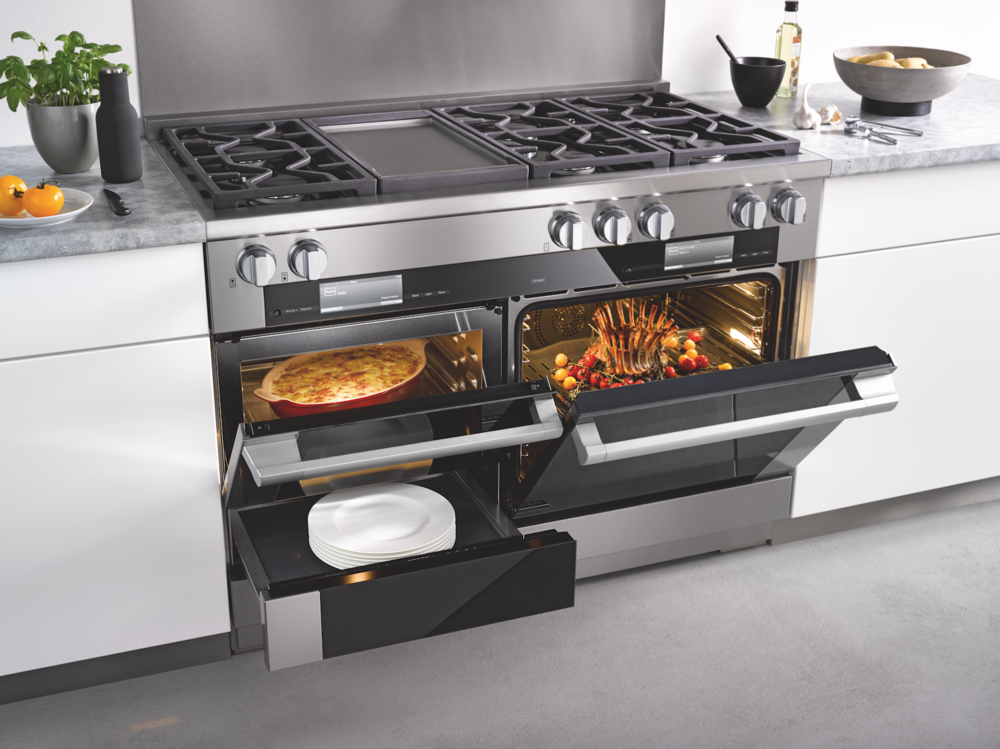
Regardless of the type of hob, the oven in the stove can be either gas or electric. The only 'but' is that with induction hobs, the size of the oven can be very small and the cost of the entire appliance is extremely high. This is due to the need for tight screening of the oven from electromagnetic fields.
-
Gas ovens are the most traditional option. The horns installed in them provide very fast and powerful heating, and can also maintain the temperature at the highest values. Also, among the advantages of a gas oven, you can add a low price. The disadvantages of gas ovens are the same. Firstly, such devices have a high fire hazard caused, among other things, by the risk of blowing out or extinguishing the nozzle. And secondly, gas ovens regulate and maintain the temperature very poorly, overheating every now and then, which leads to a deterioration in the taste of dishes.
-
Electric ovens heat up more slowly than gas ovens and are significantly more expensive. But they are fireproof and maintain the temperature at a given level. Thanks to this, the risk of burning food in such an oven is minimal.
Despite the existence of electric stoves with gas ovens and gas stoves with electric ovens, it is worth choosing ovens in which the hob and oven are made according to the same technology. This greatly simplifies installation. If the specifics of the installation do not really care, then you can choose any configuration.
Work surface material
The working surface of kitchen stoves can be made of stainless steel without enamel coating and with it, as well as glass ceramics or tempered glass.
-
Stainless steel without enamel coating is the most budgetary material that is found only in the cheapest models of kitchen stoves. Despite its reliability and durability, it is easily scratched and poorly washed from any burnt or stuck dirt. The enamel finish makes it more practical.
-
Enamel-coated stainless steel is the most common body material for cookers. It can be used in both gas devices and electric ones with an open spiral. Thanks to the enamel, stainless steel, being a fairly strong and durable material, also becomes very practical. It is not easily contaminated and can be easily washed, and almost any cleaning agent can be used.
-
Glass ceramics is the material of the hob of kitchen stoves that use a closed spiral or induction coil. It is durable, easily washed from most contaminants (except for sticky sugar), practically does not squeeze and does not scratch. The disadvantage of glass ceramics is its high mechanical fragility – it can be broken by a strong blow with a sharp object. However, there is simply no alternative for electric induction hobs.
-
Tempered glass can be used in both gas and electric stoves. However, in the first case, it has an exclusively decorative function, and in the second – decorative and practical. That is, in gas stoves, dishes are installed on a cast-iron grate, and in electric ones – directly on a glass surface.
Tempered glass has a fairly high mechanical strength, can be easily washed from most of various contaminants (especially stuck sugar) and has a very beautiful and unusual design. However, it is fragile. Like glass ceramics, it can shatter when hit hard with a sharp object. Another drawback is the very high price.
Functional features
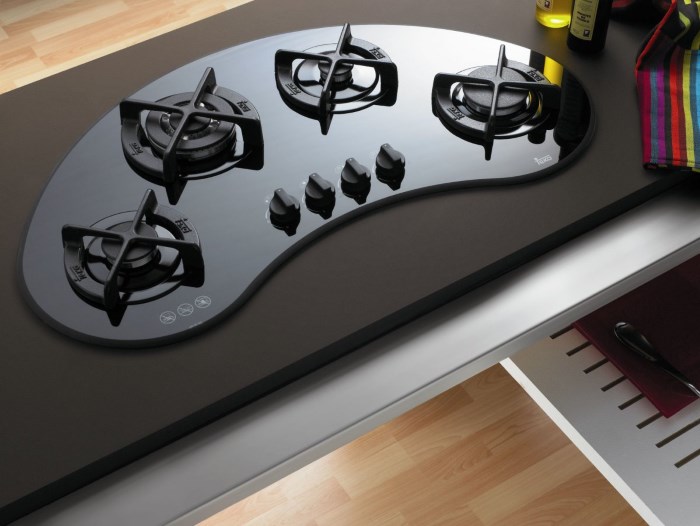
Among the additional features and functional features of kitchen stoves, which are very practical for home use, are:
-
Boost mode. Found in induction hobs. Like special burners, it increases the heating rate of dishes for quick boiling or cooking;
-
Protection from children. Found in induction and electric cookers. Locks control and changes to settings until a specific key or key combination is pressed. Makes the stove safer;
-
Automatic programs, switch-off timer and recipe memory mode. Found in electric and induction cookers. Simplify cooking;
-
Delayed start timer. Automates the cooking process. Found in electric and induction cookers;
-
Automatic arson. Found in gas stoves. Allows you to save on matches and makes operation safer.
Top models of electric and induction cookers are also equipped with an information LCD display, touch control and other high-tech solutions.
Top manufacturers
The best manufacturers of gas cookers are:
-
Gefest, Darina, De Luxe – in the budget price segment;
-
Gorenje, Beko – in the middle and top price segment;
-
Hansa, Electrolux – in the top price segment.
The best manufacturers of electric cookers are:
-
Darina, Flama – in the budget price segment;
-
Beko, Gorenje, Hansa – in the middle price segment;
-
Electrolux, Bosch, Gefest – in the top price segment.
-
The best induction cooker manufacturers are Hansa and Electrolux.
!
In the next article, we will tell you how to choose the right electric oven for your home.
Video for choosing a stove
Attention! This material is the subjective opinion of the authors of the project and is not a purchase guide.

